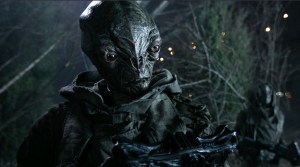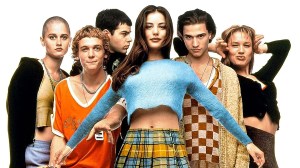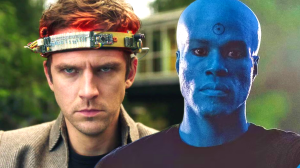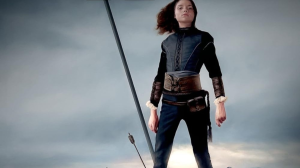Rod Serling’s Twilight Zone is a classic sci-fi anthology for many reasons, not the least of which is that Serling often snuck social messages into his stories that would not have been acceptable in other genres of television at the time. Many of his stories used aliens or supernatural phenomena to examine problems such as racism, scapegoating, and violence.
Videos by ComicBook.com
Naturally, these types of messages weren’t always well-received. Some episodes of the Twilight Zone were extremely controversial, and there is at least one episode that generally was not rerun in syndication before classic TV became available on streaming platforms.
7) Death’s Head Revisited
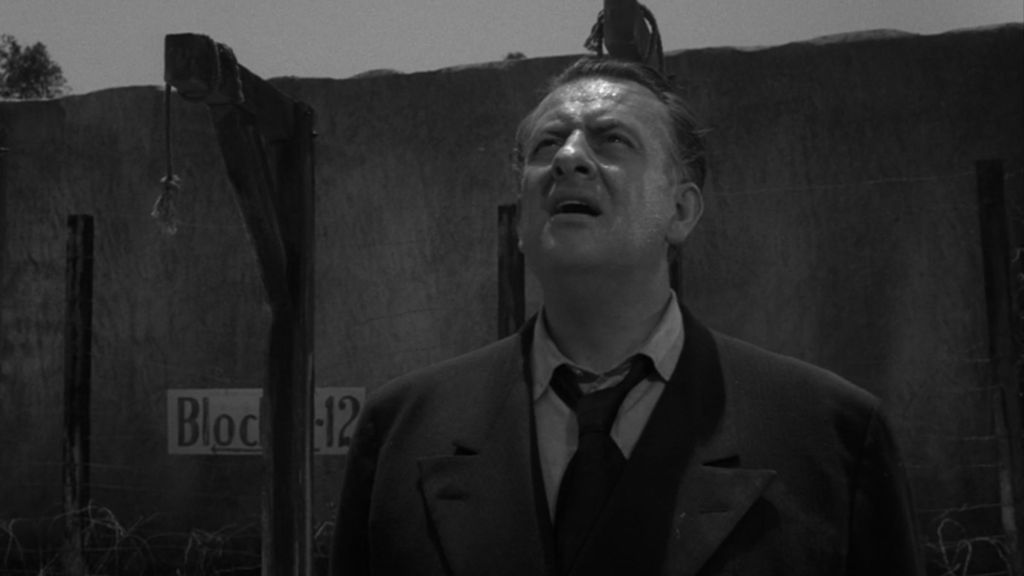
Though it is one of the best episodes of the Twilight Zone, “Death’s Head Revisited” is about Nazis getting their comeuppance. In the 1960s, it wasn’t as controversial to suggest that Nazis deserved violent punishment — in fact, many science fiction series used them as antagonists who wanted to destroy other races and most viewers were horrified by what had happened during the Holocaust.
However, “Death’s Head Revisited” directly referenced the torture and murder that went on in Nazi concentration camps, which made it controversial at the time and uncomfortable to watch even today.
The episode is about a Nazi soldier who revisits the remnants of an unnamed German concentration camp, where he encounters a ghost of one of the prisoners murdered. A set of ghosts puts the man on trial and eventually sentences him. However, the episode’s content is so realistic and upsetting that some viewers feel it goes too far.
6) The Chaser

There are many great episodes of The Twilight Zone that Serling didn’t write, but “The Chaser” is not one of them. This Robert Presnell Jr. script revolves around a man who uses a magic potion to make a woman fall in love with him, then eventually decides to kill her because she’s so annoying and clingy.
That twist was meant as a punchline. Jokes about women being so annoying that men can’t live with them are not funny, and the use of a love potion to force a woman to be intimate with a man would, under normal circumstances, be an outright crime. Although many people might not have been as bothered in 1961, “The Chaser” falls far short of Serling’s ideals.
5) The Big Tall Wish
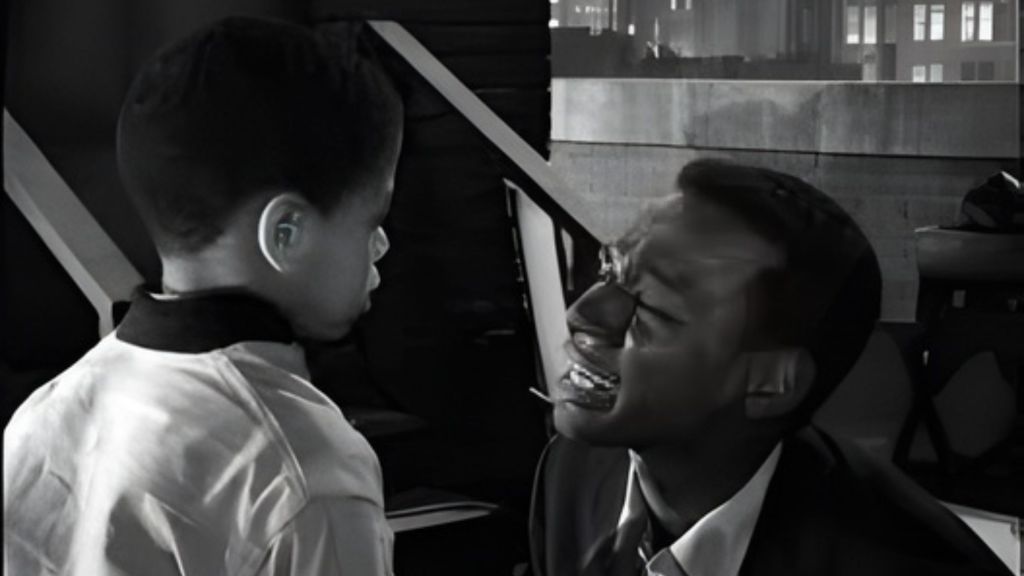
“The Big Tall Wish” challenged social norms of the time by featuring an all-Black cast. The episode itself is standard Twilight Zone fare, though somewhat depressing. A young boy makes a wish for his favorite boxer to make a comeback and it nearly happens, but the boxer’s lack of faith in himself causes him to throw his comeback match.
People can debate whether the Black characters themselves, especially the boxer, inadvertently reinforced negative stereotypes. However, there is no doubt that the real controversy in 1959, when the episode originally aired, was the skin color of the actors. Serling deliberately used a Black cast in this episode to demonstrate that good stories could feature actors of all skin colors, which did not sit well with many Americans at the time the episode aired.
4) An Occurrence at Owl Creek Bridge

Unlike most episodes of the Twilight Zone, “An Occurrence at Owl Creek Bridge” was not an original story — it was a French movie that Serling re-edited into an episode of his anthology series. This is also one of the few episodes of the Twilight Zone that does not contain any dialogue, making it stand out even further.
However, the most controversial aspect of this episode is its storyline. The premise of a soldier having fever dreams shortly before being hanged by the enemy is standard for the Twilight Zone, but the protagonist is a member of the Confederate army. There is not much appetite for stories centering Confederate soldiers as heroes rather than traitors, and this is even more true today than when the episode originally aired.
3) The Mirror
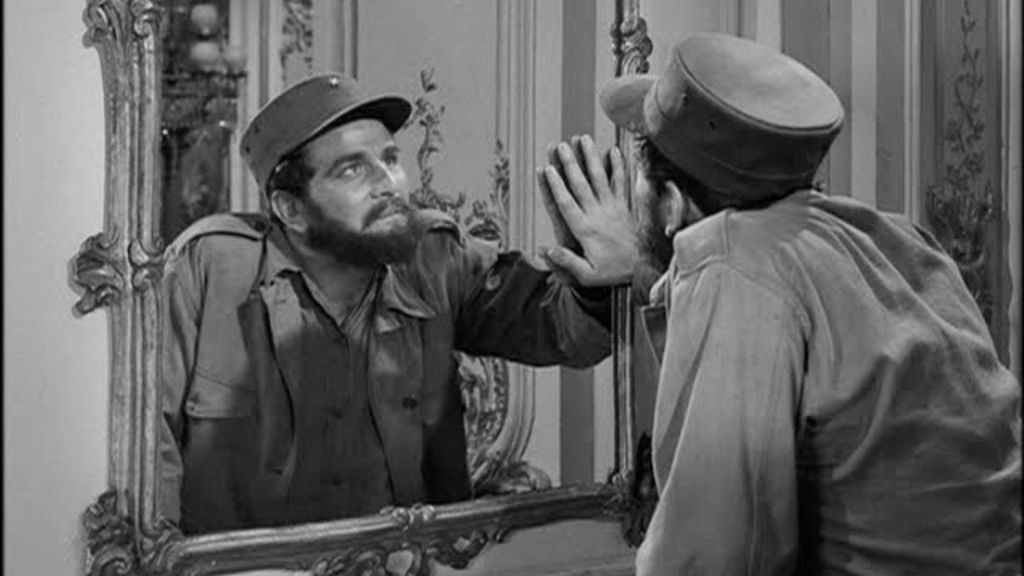
Although “The Mirror” was intended to shed light on the psychology of dictatorship and comment on the practice of overthrowing tyrants only to become even more authoritarian than the previous regime, it fails because it uses white actors to play the roles of Central American dictators.
Most egregiously, Columbo‘s Peter Falk plays a Che Guevara-like character, and his performance reinforces the worst stereotypes about Latino people. The negative depiction of Latino men undercuts the story’s strong message about authoritarianism and makes “The Mirror” painful to watch.
2) What’s In The Box
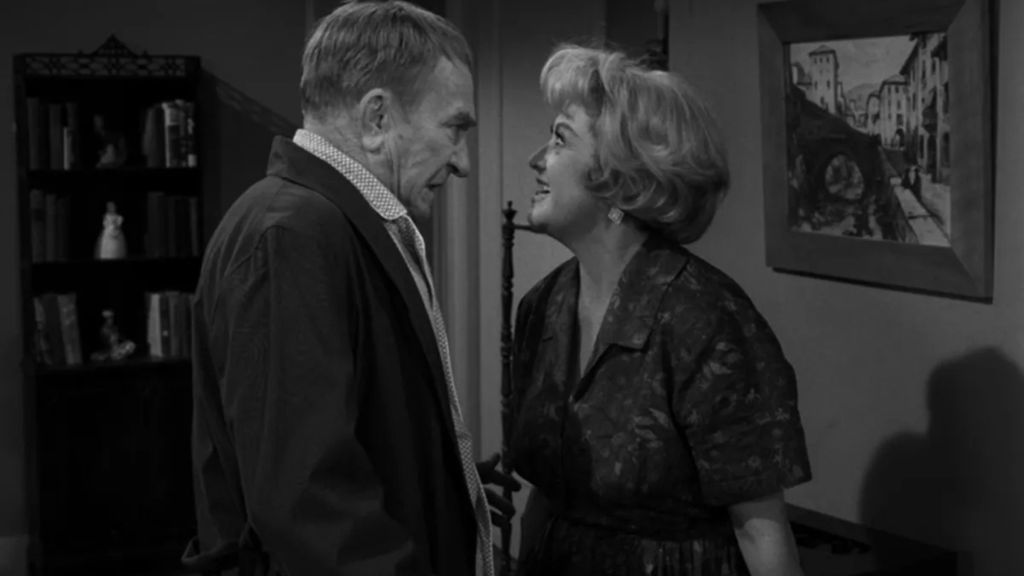
“What’s In The Box” crosses the line into depicting domestic violence. In this story, a man who has been cheating on his wife gets a warning from a magic television that depicts the future. On the television, the man sees himself killing his wife, and despite his efforts not to make this a reality, he does so in the last scene of the episode.
Of course, Serling did this on purpose in order to demonstrate how horrific and wrong it is for a man to hit a woman. However, the episode was too realistic for many survivors to watch, and the final scene is incredibly uncomfortable. It is cold comfort that the man is arrested after his wife’s death, considering what he did to her.
1) The Encounter
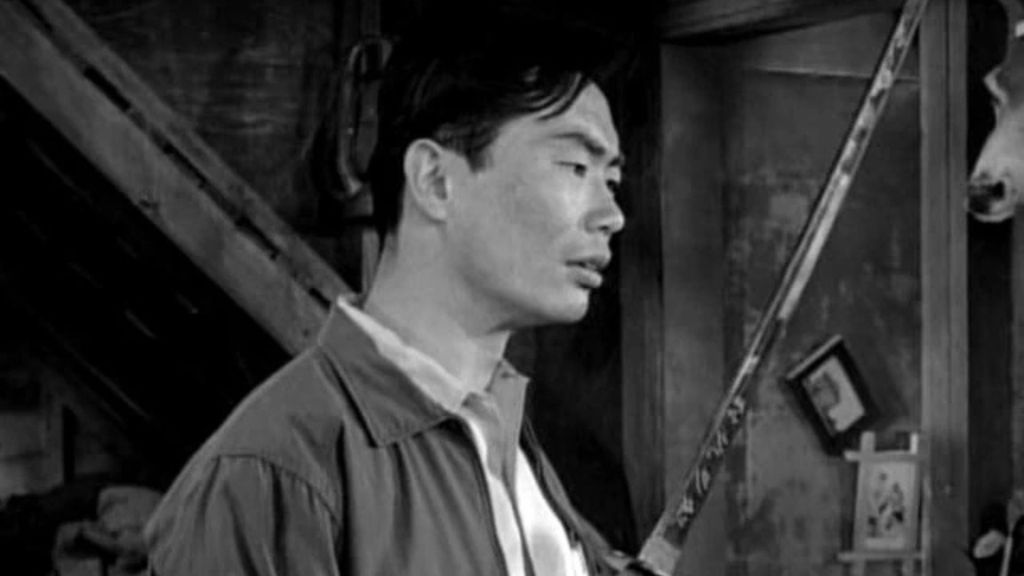
In “The Encounter”, Star Trek‘s George Takei plays a Japanese-American gardener who gets into an argument with a white World War II veteran about the war. The episode was meant to speak to the horrors of war. However, it included many harmful stereotypes about Japanese-Americans, including the idea that Japanese-Americans were traitors who secretly aided the Japanese in the Pearl Harbor attack.
This ugly sentiment is made even more ironic by the fact that Takei is a survivor of the internment camps that many Japanese Americans were imprisoned in during the war because of racist beliefs like this. Many Japanese-American viewers also complained about this episode, leading to it being pulled from syndication until 2016 — the only Twilight Zone episode to be banned for content reasons.
What episode of the Twilight Zone do you think is most controversial? Leave a comment and join the discussion at the Comic Book Forum.


